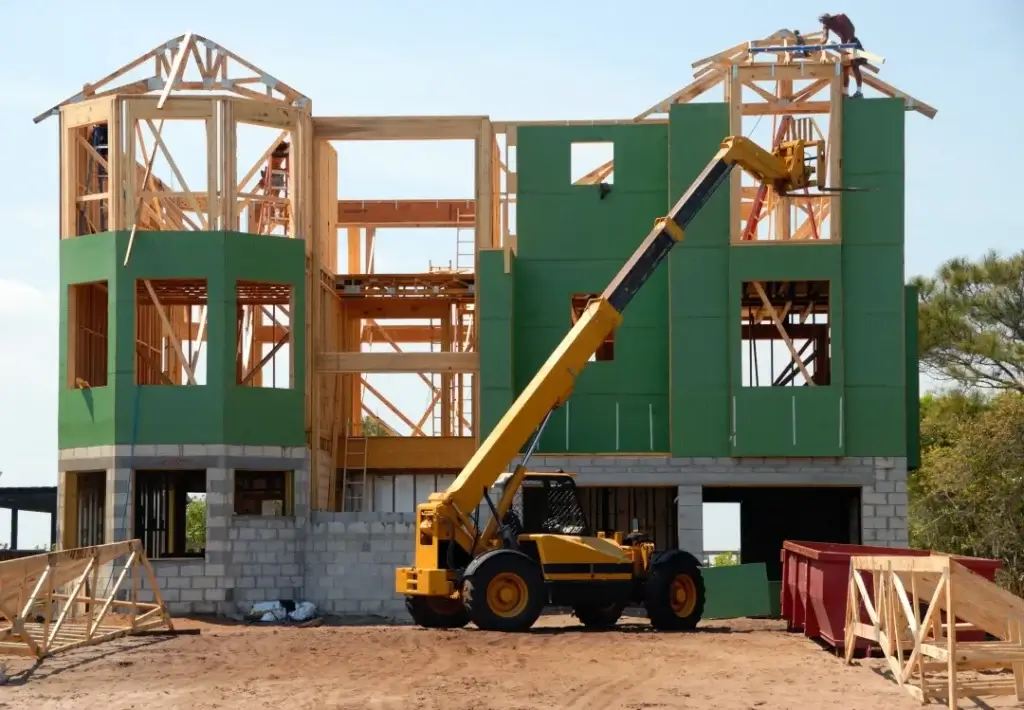August 17, 2022
It is not uncommon to have changes to the scope of work after the commencement of construction. This article will identify key factors that may impact the Contractor’s pricing when requesting changes during the performance of construction on your project.
Change in Materials or Addition of New Materials – Lead Times and Alternate Options
When the change involves a change in materials or the addition of new materials, there are a few factors that may increase your change order pricing or require you to consider an alternate material to reduce the impact your change order pricing. First, the material may have a lead time. A lead time is the time between when the product is ordered to the time the product arrives on the project. This duration may be short or long, depending on material availability, the location from which the material will be shipped, or time that it may take to custom build a specialty material or product for your project. Any one or a number of these factors may complicate the material procurement process and increase your change order pricing. If there is an alternative material or product that accomplishes the same function and aesthetic while decreasing the price impact of the change order, you may want to suggest it as an alternate option.
Timing of Change Order Requests – Access to Impacted Areas
The change order request may require additional work in areas of the building that are already complete. For example, change order requests for new gas lines, electrical components, doors, or windows may mean that the change order pricing would now include removing sections of work that have already been completed in order to perform the new work. There may also be exterior sections of the work that need to be modified in order to complete the change order work. Timing of the change order request may have a significant impact on the change order pricing.
Schedule Impacts – Loss in Productivity
The change order request may lead to a loss in productivity that impacts the project schedule and pricing. For example, you may have a certain set of crew members and equipment planned for the original scope of work activity on the project. The change order request may require you to shift those resources to another activity, resulting in a loss of productivity in the original scope of work. The loss in productivity may then lead to longer durations for the work and increased labor and equipment needs amongst several scheduled activities. Additionally, if the change order request extends the duration of a critical path activity in your schedule, and you are unable to find efficiencies elsewhere, you may see an increase in your total project duration and a commensurate increase to the Contract Sum to cover the extended duration of the work.
The AIA offers many different change order documents such as the G701S–2017 Change Order, Contractor-Subcontractor Version, G741-2015 Change Order, Design-Build and others to help you manage change orders on your project.
AIA Contract Documents has provided this article for general informational purposes only. The information provided is not legal opinion or legal advice and does not create an attorney-client relationship of any kind. This article is also not intended to provide guidance as to how project parties should interpret their specific contracts or resolve contract disputes, as those decisions will need to be made in consultation with legal counsel, insurance counsel, and other professionals, and based upon a multitude of factors.

